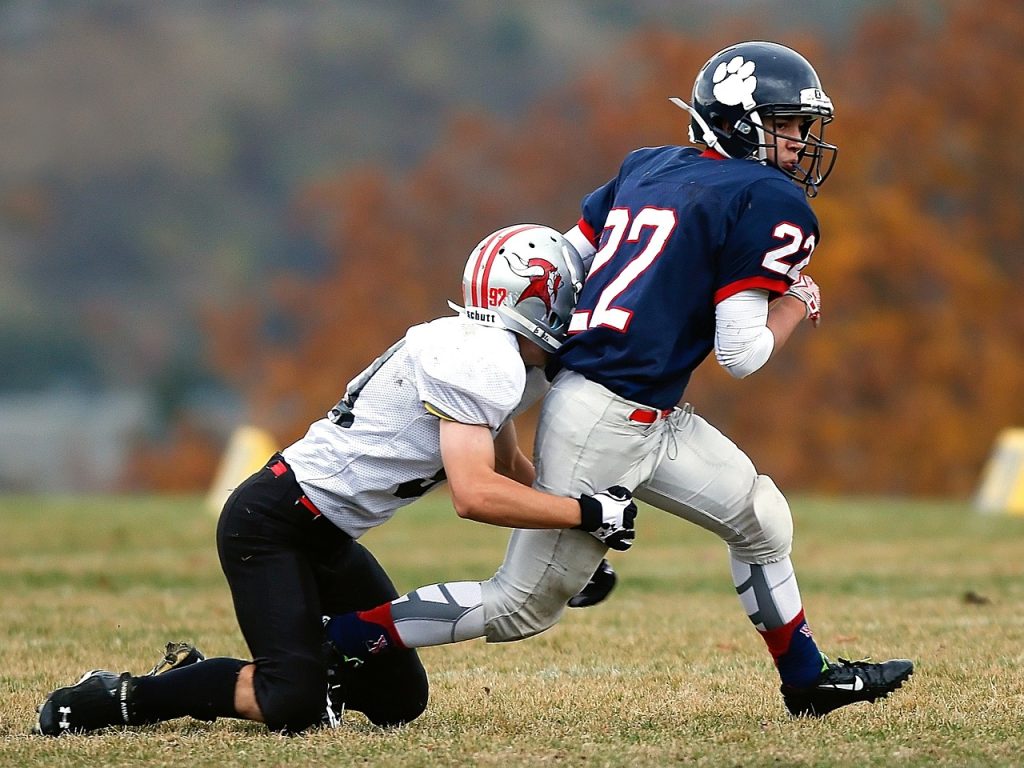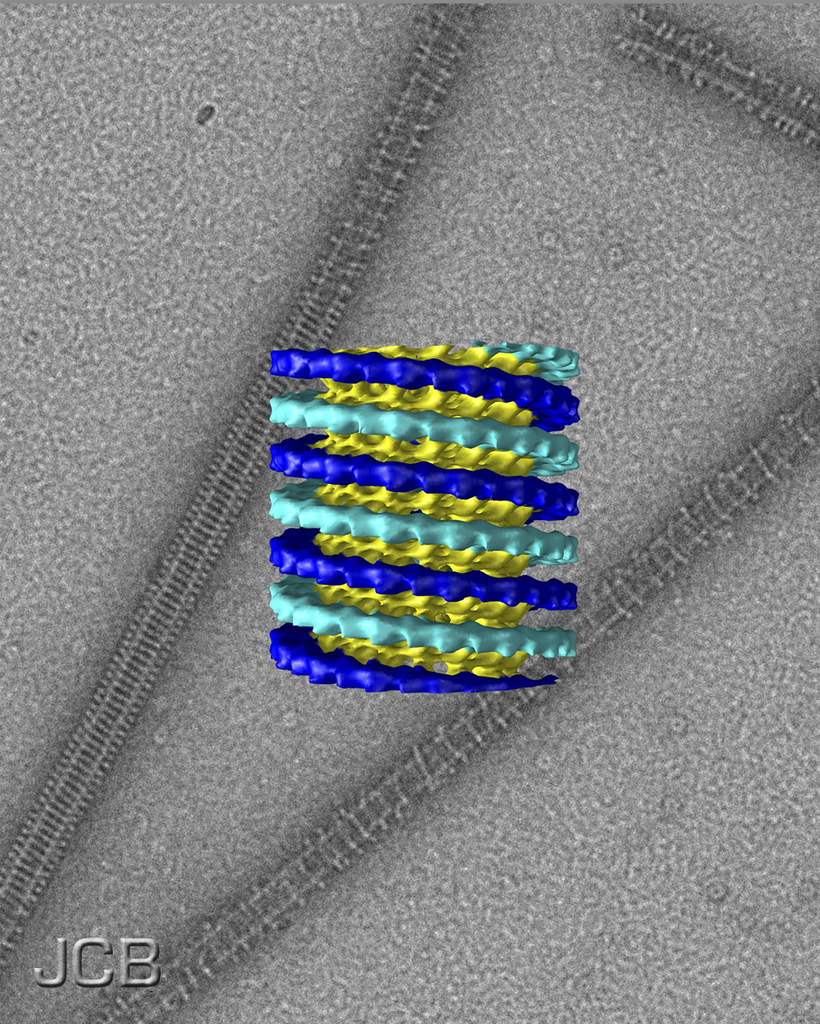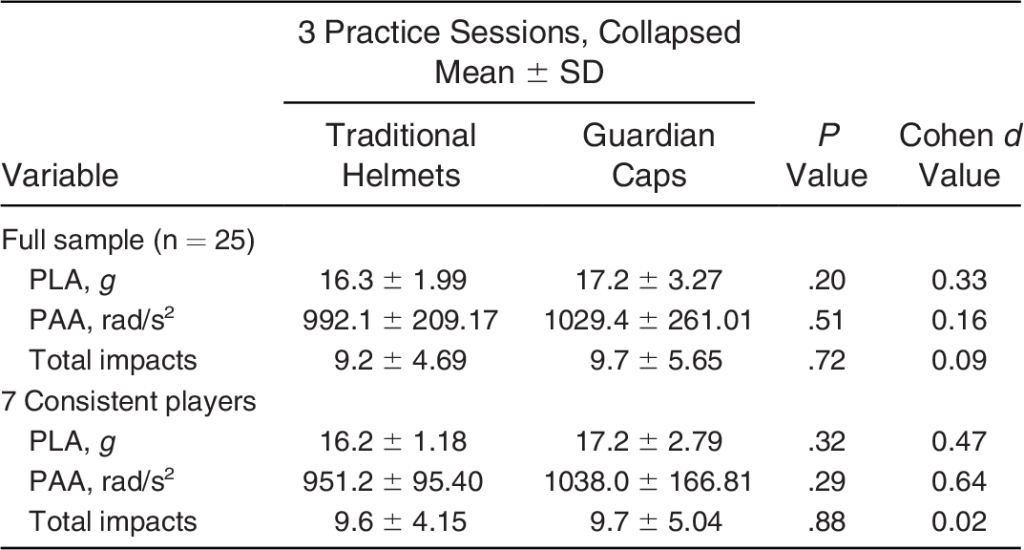
Sports fans, especially those that watch college football (CFB) and the National Football League (NFL), are familiar with players going on “concussion protocol”. The consistent and often violent hits endured each game prompts the discussion of traumatic brain injuries players may experience trying to make a catch or tackle an opponent.

This conversation is headlined by the heightened awareness of chronic traumatic encephalopathy (CTE) in CFB and NFL. As defined by the Mayo Clinic, CTE is “a brain disorder likely caused by repeated head injuries. It causes the death of nerve cells in the brain, known as degeneration”. This disease worsens overtime, often leading to dementia in patients later in life. CTE is difficult to identify, however, as most cases are only diagnosed in an autopsy of the brain after a patient dies. Specifically, CTE is caused by the presence of Tau protein, a protein largely responsible for the formation of microtubules and thus the cytoskeleton itself, tangles in brain cells. The consistent contacts during football practices and games, along with other impact sports, are thought to be able to remove the “floppy segments” attached to the core, which protects and maintains its shape. Thus, the Tau proteins become disordered and the brain cell shape weakens. The breadth of understanding of these proteins is still relatively murky, leading to more questions surrounding these neurodegenerative diseases.
With the rise in concern over concussions and CTE in football, the NFL has announced that all players can wear guardian caps during the 2024 NFL season. Guardian caps, a product developed by Guardian Sports, are soft shells that go over traditional football helmets, supposedly softening the blow upon tackles and other contact during football practices and games. These caps are usually worn during practices, but their presence during games is new this season. With an increased spotlight, there are questions as to whether or not the inclusion of guardian caps improves player safety.

A study in 2024 carried out by the Journal of Athletic Training followed 25 Division I college football players that often experience tackles or head contacts (i.e. offensive and defensive tackles, wide receivers, etc.) using instrumented mouthguards (iMGs) containing two instruments – a triaxial accelerometer and gyroscope. These instruments track the acceleration of a players’ head during exercise, an essential parameter to capture to analyze force and impact. Participants were tracked through multiple workouts for a total of 83 individual observations. A one-way ANOVA test, a statistical analysis done to determine variance between means, determined that there was no significant significance between the maximum linear or angular accelerations, and thus a main component for force, for players wearing the traditional football helmet and those that wore a guardian cap. The study concluded that the use of guardian caps does not significantly change the kinematics, or overall motion, of a football player and their head, thus calling the product’s effectiveness into question.
With safety being the top priority in all sporting activities, one is left to wonder how to reduce head injuries to players. One potential solution is to make penalties for head-to-head contact more severe. Targeting, at least in CFB, is a penalty when a player makes a tackle with the crown of their helmet or making contact with the head or neck area of a defenseless player. This penalty is heavily punished as the guilty player is ejected for two halves of a game as well as the opposing team gaining an automatic 15 yards. This commitment to player safety could be expanded by increasing the penalty for other contact plays such as facemask (when a player grabs an opponents’ facemask) or unnecessary roughness. Additionally, improving concussion protocol and team funding for medical staff may help reduce the consistency and pure number of head injuries during play. It is important to call to mind that the top priority of any sporting activity is player safety, which is often lost in the large scale of CFB and the NFL. Football is an essential part of the American economy and overall culture, but we often need to be reminded that the players that we see tackled for our entertainment need to be cared for as well; their safety and well-being is just as important as ours.